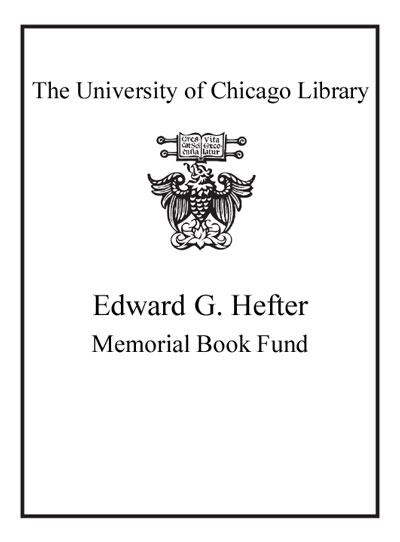| Summary: | "This book inquires into Vladimir Putin's leadership strategy and relies on social identity theory to explain Putin's success as a leader. The author argues that Russia's second president has been successful in promoting his image as an embodiment of the shared national identity of the Russian citizens. He has articulated the shared collective perspective and has built a social consensus by tapping into powerful group emotions of shame and humiliation derived from the painful experience of the transition in the 1990s. He was able to overturn these emotions into pride and patriotism by activating two central pillars of the Soviet collective identity: a sense of exceptionalism that the Soviet regime promoted to consolidate the Soviet nation, and a sense of a foreign threat to the state and its people that also was foundational for the Soviet Union. Putin's assertive foreign policy decisions, culminating in the annexation of Crimea, appeared to have secured, in the eyes of the Russian citizens, their insecure national identity. The top-down leadership and bottom-up collective identity-driven processes coalesced to produce a newly revanchist Russia, with its current leader perceived by many citizens to be irreplaceable. Politics of national identity in Russia are promoted through a well-coordinated media machine that works to focus citizens' attention on Putin's foreign policy and on Russia's international standing. Public fears are played out against the backdrop of Soviet legacies of national exceptionalism and the politics of victimhood associated with the 1990s to conjure a sense of collective dignity, self-righteousness, and national strength to keep the present political system intact"--
|
|---|

